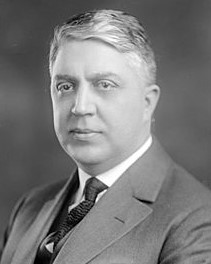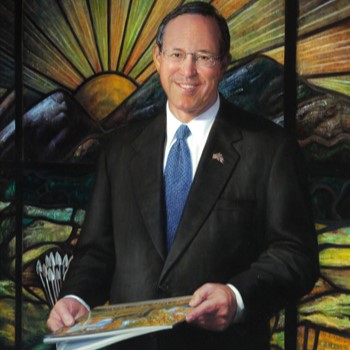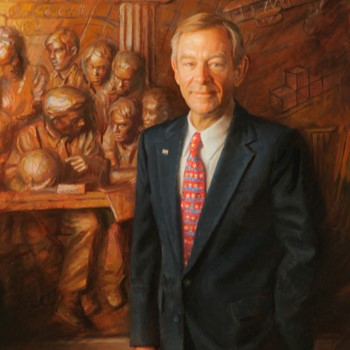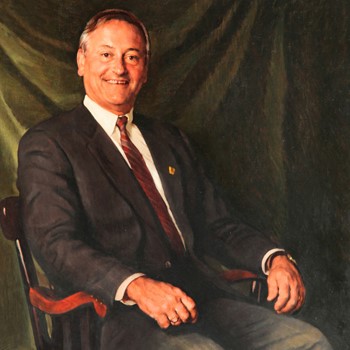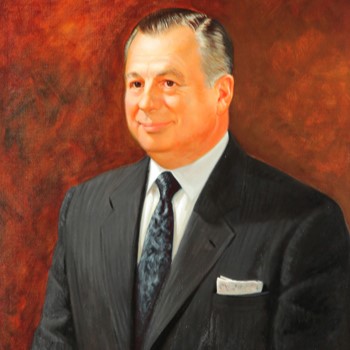Ohio
Gov. Harry L. Davis
- January 10, 1921 - January 8, 1923
- Republican
- January 25, 1878
- May 21, 1950
- Ohio
- Married Lucy V. Fegan; one child
About
HARRY L. DAVIS was born in Cleveland, Ohio. He went to work in a steel mill at the age of thirteen, continuing his education later on at night. He became involved in Republican politics at an early age as a page for the state legislature, of which his father was a member. He was elected Treasurer of Cleveland in 1910 and six years later won election to the first of three successive terms as Cleveland’s Mayor. In 1920 he was elected governor during the Republican landslide that sent Ohio’s Warren G. Harding to the White House. Despite the fact that Davis was working with a Republican-dominated legislature, his administration was not a smooth one. In addition to rumors that the Senate wanted to investigate administrative activities and state contracts, the House and Senate were at odds over tax legislation and the time of adjournment. The impasse that resulted led Davis to make unprecedented use of a constitutional provision to terminate the legislative session. However, he called the legislature back into special session when Ohio’s economy was threatened by a coal miners’ work stoppage. Lawmakers enacted emergency legislation establishing a fuel administration with the power to fix the price of coal at mines and retail outlets and to seize and operate the mines if necessary to secure sufficient fuel to meet the state’s needs. The fuel administration operated until the end of 1922, when it was abolished by executive order. Also controversial was the state government organization code, which was passed as an emergency measure, preventing a referendum on it. The controversy triggered a case before the Ohio Supreme Court, which ruled that the legislature had the right to determine the emergency character of bills. Davis also pushed through two tax measures providing building funds for the state’s universities and for a welfare institution. He declined to run for governor again in 1922 but came back to run in 1924, losing to his Democratic opponent. He returned to the insurance business in which he had worked prior to becoming governor and later served another term as Cleveland’s Mayor, from 1933 to 1935.
Source
Sobel, Robert, and John Raimo, eds. Biographical Directory of the Governors of the United States, 1789-1978, Vol. 3. Westport, CT: Meckler Books, 1978. 4 vols.
The National Cyclopaedia of American Biography, Vol. 42. New York: James T. White & Company.

